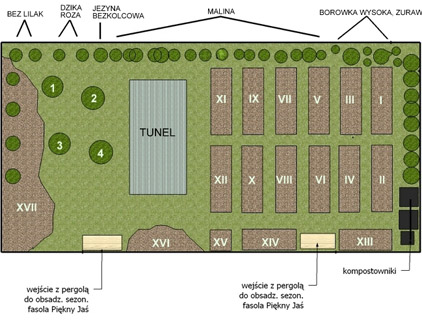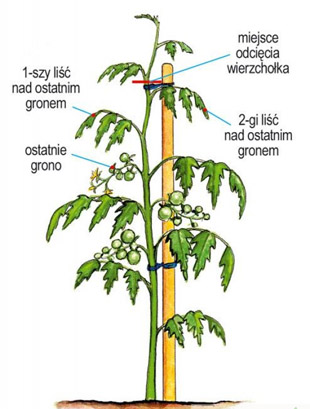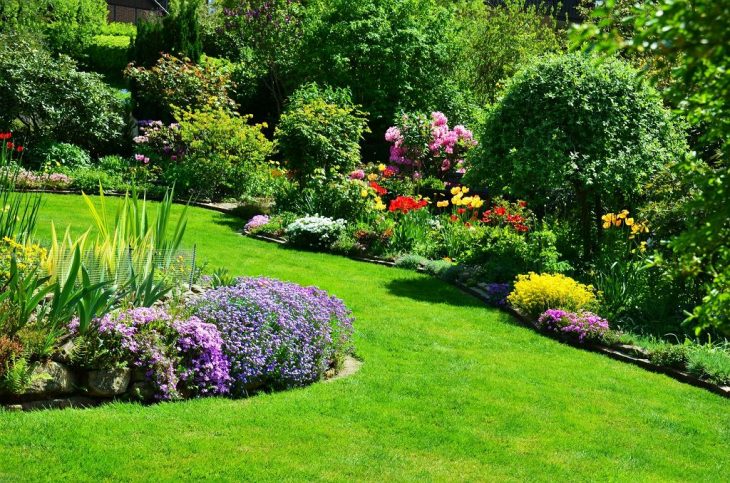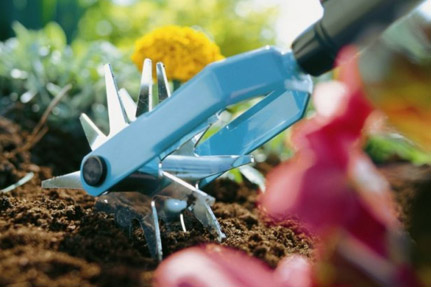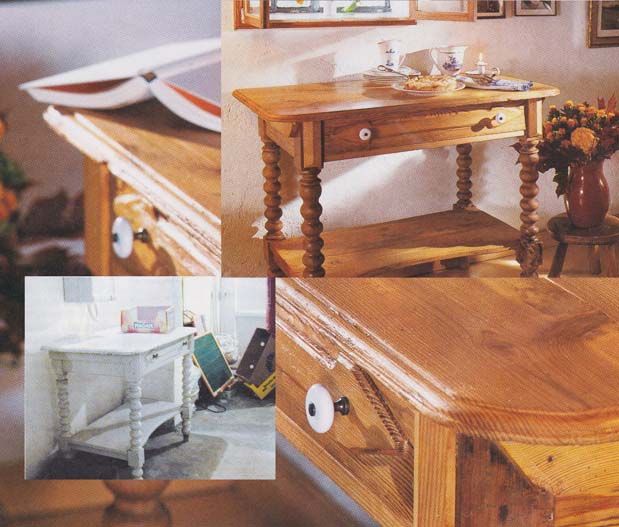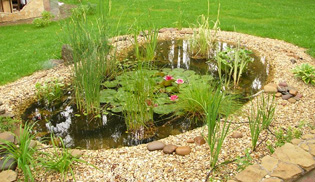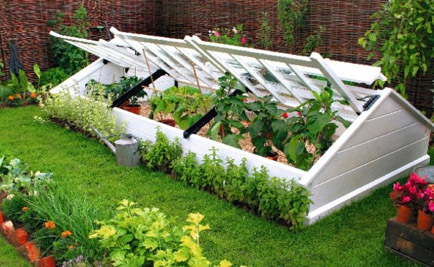 Zamiast wiśniami i truskawkami można w zimie raczyć się mangiem, papają i marakują. Z nasion znalezionych w tych owocach mogą wyrosnąć atrakcyjne rośliny.
Zamiast wiśniami i truskawkami można w zimie raczyć się mangiem, papają i marakują. Z nasion znalezionych w tych owocach mogą wyrosnąć atrakcyjne rośliny.
Do założenia uprawy nowych roślin potrzebne są parapet z wystarczającą ilością miejsca na niewielkie doniczki oraz gotowość do ogrodniczych eksperymentów.
Próby można przeprowadzić ze wszystkimi owocami, które kiedykolwiek znalazły się na naszym stole: pomarańczami, cytrynami, liczi, kiwi, figami, gwajawami i wieloma innymi. Nie ze wszystkich nasion wyrosną rośliny, a niektóre z nich wystawią naszą cierpliwość na poważną próbę, ponieważ potrzebują dużo czasu na wykiełkowanie. Jednak radość z samodzielnie wyhodowanej pomarańczy lub figowca jest o wiele większa niż z rośliny kupionej w sklepie. W niektórych wypadkach można nawet liczyć na własne egzotyczne owoce.
Warunki uprawy dla większości roślin są takie same. Wysiewa się je do doniczek lub do płaskich naczyń, wyposażonych w drenaż wykonany z potłuczonych skorup glinianych i piasku. Na tę warstwę sypie się ziemię inspektową, w której zagrzebuje się nasiona. Doniczki przykrywa się przezroczystą folią dla zachowania wysokiej wilgotności powietrza i ustawia w jasnym, ciepłym miejscu. Idealne jest utrzymanie tropikalnej temperatury – 25°C lub więcej. Później pozostaje nam już tylko czekać na pierwsze zielone pędy.
AWOKADO ze swoim dużym ziarnem wręcz prosi się o uprawę. Po usunięciu ciemnej skórki, wkłada się pestkę do piaszczystego substratu inspektowego czubkiem do góry. Można ją także osadzić w szklance z wodą przy pomocy drewnianych wykałaczek (patrz zdjęcie po lewej). Po kilku tygodniach pęka i wypuszcza u góry pęd, u dołu zaś korzenie. Roślinkę należy wtedy przesadzić do pulchnej i bogatej w składniki odżywcze ziemi. Rozrasta się ona bujniej i nie tworzy tylko jednego, nagiego pnia, jeśli z wierzchołków pędów odłamuje się co pewien czas pączki.
MARAKUJA ma w swoim wnętrzu wiele nasionek, które przed wysianiem należy oczyścić z miąższu. Ziemia przygotowana do wysiewu powinna być przepuszczalna, możliwie sterylna i prawie nie nawożona. Powinna być stale równomiernie nawilżana, ale nie mokra, a jej temperatura powinna wynosić 24-26°C. Przezroczysta pokrywa umożliwia utrzymanie odpowiedniej wilgotności powietrza oraz potrzebnej do życia ilości światła. Pozostawia się ją na pojemniku do wysiewania, aż do wzejścia siewek na wysokość 5-10 cm, które następnie pojedynczo przesadza się do małych doniczek. Równomierna wilgotność podłoża jest w tym momencie uprawy równie ważna jak na jej początku. Poza tym roślinki często należy spryskiwać wodą i przyzwyczajać do intensywnego światła słonecznego.
Ananasa łatwo rozmnożyć. Wystarczy ściąć jego „czapeczkę” wraz z czupryną liści i po usunięciu miąższu posadzić w przepuszczalnej ziemi inspektowej. W temperaturze 25-30°C szybko wypuści korzenie.
MANGO ma jedno duże ziarno otoczone twardą, włóknistą łupiną, którą należy usunąć, ponieważ zawiera substancje hamujące rozrost. Ziarenko wkłada się do ziemi inspektowej, przykrywając ją w celu zachowania stałej wilgotności. Przy temperaturze podłoża w granicach 25-28°C roślina szybko wykiełkuje. Zamiast ziemi inspektowej, można użyć równomiernie nawilżonej waty.
PAPAJA ma niewielkie nasiona. Najpierw należy oczyścić je z miąższu, a następnie włożyć do ziemi inspektowej. W temperaturze podłoża wynoszącej 25-30°C kiełkują w ciągu zaledwie kilku tygodni. Kiedy roślinki osiągną wysokość od 5 do 10 cm, przesadza się je do pulchnej ziemi o dużej zawartości próchnicy, gdzie szybko rosną i już po dwóch-trzech latach kwitną.
IMBIR, którego kłącza używane są jako przyprawa, jako roślina jest u nas prawie nieznany. Kłącza można pobudzić do wzrostu, wkładając je do ziemi zawierającej kompost i utrzymując jej temperaturę w granicach 25-30°C. Pierwsze zielone pędy pokazują się już po kilku tygodniach. Roślina przypomina trzcinę: na wysokiej na metr łodydze znajdują się liście o długości 10-20 cm. Kwiaty w kolorze żółtopomarańczowym mają własne łodygi pokryte łuskowatymi liśćmi. Do mocnego rozrostu imbir potrzebuje w okresie wegetacji cotygodniowego zasilania nawozem organicznym, a także wysokiej wilgotności powietrza i temperatur sięgających 25-35°C.

